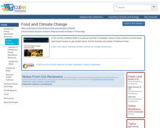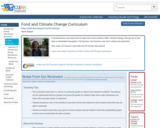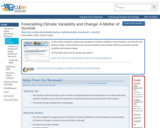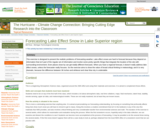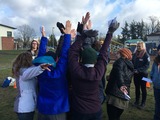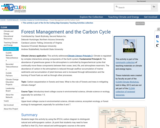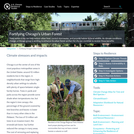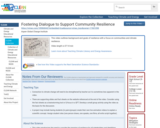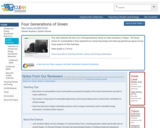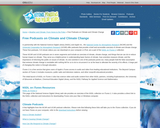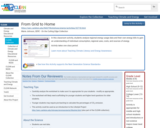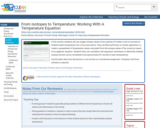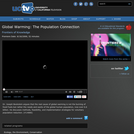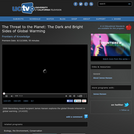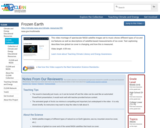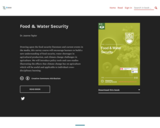
Short Description:
Drawing upon the food security literature and current events in the media, this survey course will encourage learners to build a new understanding of food security, water shortages in agricultural production, and climate change challenges in agriculture. We will introduce policy tools and case studies illustrating the effects that climate change has on agriculture which will be useful and applicable to individual cross-disciplinary learning.
Long Description:
Food security is one of the most pressing dilemmas of our time. Around the globe, approximately 2 billion people experience some form of food deprivation each day. One in ten people suffer from some form of food insecurity in Canada. This has led scholars to question why food insecurity exists in an ostensibly food secure country. The literature on food security and climate change has also grown exponentially over the past several decades in large part as a response to world events such as the Green Revolution and other forms of industrial agricultural development since the 1970s. Despite the advances in research and technology, we still possess inadequate knowledge of the dynamics causing the onset of food insecurity, and significant disagreement persists among scholars concerning the best way to ameliorate food insecurity.
Drawing upon the food security literature and current events in the media, this survey course will encourage learners to build a new understanding of food security, water shortages in agricultural production, and climate change challenges in agriculture. We will introduce policy tools and case studies illustrating the effects that climate change has on agriculture which will be useful and applicable to individual cross-disciplinary learning.
This course is part of the Adaptation Learning Network led by the Resilience by Design Lab at Royal Roads University. The project is supported by the Climate Action Secretariat of the BC Ministry of Environment & Climate Change Strategy and Natural Resources Canada through its Building Regional Adaptation Capacity and Expertise (BRACE) program. The BRACE program works with Canadian provinces to support training activities that help build skills and expertise on climate adaptation and resilience.
Word Count: 19025
(Note: This resource's metadata has been created automatically by reformatting and/or combining the information that the author initially provided as part of a bulk import process.)
- Subject:
- Atmospheric Science
- Career and Technical Education
- Culinary Arts
- Environmental Studies
- Hydrology
- Physical Science
- Material Type:
- Textbook
- Author:
- Dr Joanne Taylor
- Date Added:
- 03/11/2022
